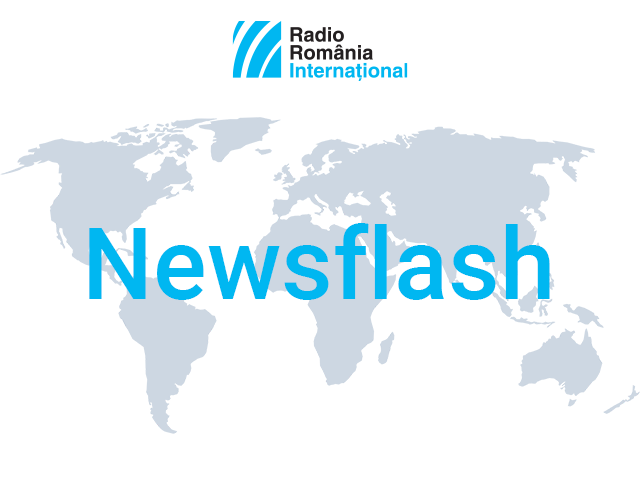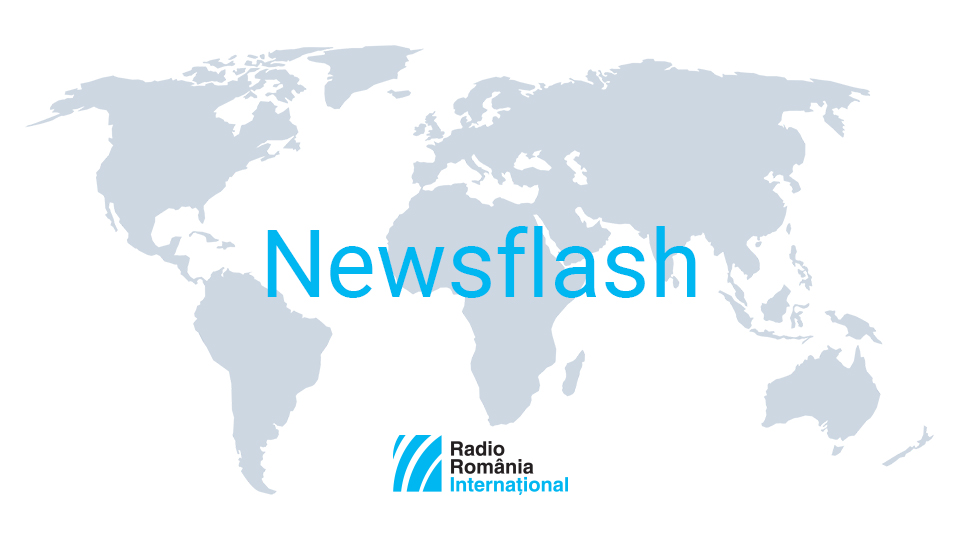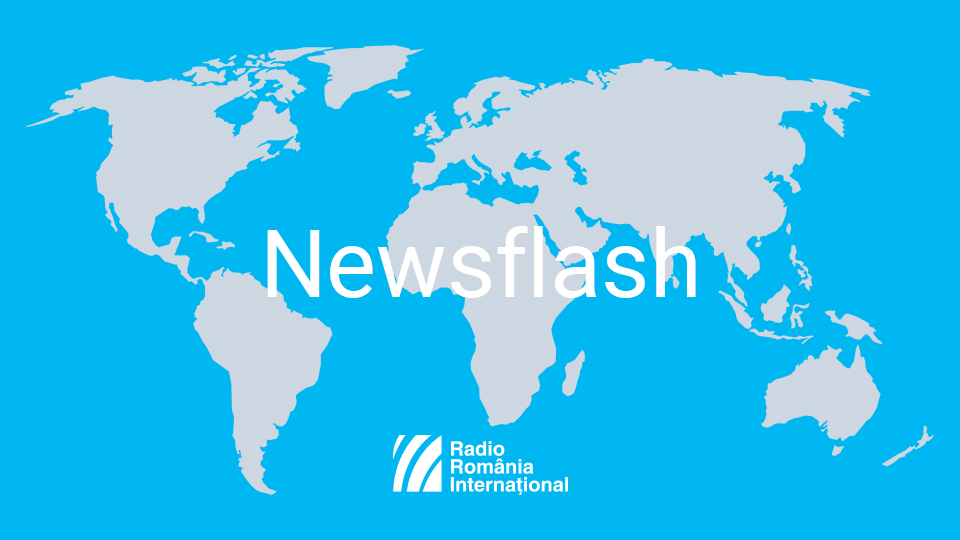April 8, 2022 UPDATE
A news update

Newsroom, 08.04.2022, 20:00
Visit — On a visit to Kyiv on Friday the European Commission President Ursula von der Leyen and the EU foreign policy head Josep Borrell strongly condemned the Russian armys “horrible” and “indiscriminate” attack on civilians at the Kramatorsk train station. The European dignitaries have also announced a new 500 million Euro military aid for Ukraine. At the same time, they announced the return of the EU mission to Kyiv. The European delegation also included the Slovak Prime Minister Eduard Heger. Two Russian missiles hit a train station in Kramatorsk, eastern Ukraine, killing at least 50 people among whom children, and injuring about 100. The station, which housed thousands, was used to evacuate areas bombed by the Russian forces. At the same time, President Volodymyr Zelensky says that the destruction of Borodianka (a city northwest of Kyiv and recently taken back by Ukrainians) is “much more terrible” than that in Bucha, where massacres were perpetrated. Moscow denies that its forces have killed civilians. Also on Friday, the EU approved a fifth package of sanctions against Moscow, which provides for a coal embargo and the closure of European ports for Russian ships. This package further expands the blacklist, affecting the incomes of hundreds of oligarchs and political leaders in Russia, Belarus and the pro-Russian separatist areas of Luhansk and Donetsk in Ukraine.
Refugees — The Romanian government has adopted a decision that establishes how the Romanian citizens hosting refugees from Ukraine will receive money. In the first three working days of each month, for the previous month, they must submit to the local public authorities a request stating the number of persons hosted, their names, the localities which they declare they come from and the time frame for which the disbursement of expenses is requested. The money is transferred within 10 working days since reception of centralized statements. Those who host refugees from Ukraine can receive 70 lei per day (about 14 Euros) for one person. Since the beginning of Russias invasion of neighboring Ukraine, more than 650,000 Ukrainian citizens have entered Romania.
Economy – Last year, Romania registered an economic growth rate of 5.9%, compared to 2020 – according to the latest provisional data published by the National Institute of Statistics – INS. The data show a lower contribution of investments to last years economic growth, from 0.9% to 0.6%. The figures announced by the INS also indicate a decrease of 0.1% in the last quarter of 2021 compared to the previous 3 months.
Roma — The civic, social and economic emancipation of the Roma citizens from Romania is a common goal, of great importance, said President Klaus Iohannis in a message conveyed on Friday on the occasion of the International Roma Day. The head of state also hailed the efforts made by this community to make known its past and customs, to make their voice heard and their contribution to the development of society appreciated. A similar message was sent by Prime Minister Nicolae Ciuca. Mr. Ciuca highlighted the fact that the Roma in our country have brought cultural and economic value over time in the communities in which they lived. International Roma Day is an opportunity to ponder on the persistence, worldwide, of racist and discriminatory attitudes, stereotypes, hate speech and instigation to hostile acts or ethnically motivated violence, which disproportionately affects the Roma community, the Romanian Foreign Ministry said. Romania has taken important steps to condemn and eliminate all forms of discrimination against Roma, including through the adoption of comprehensive legislation in the field, the Foreign Ministry officials emphasize.
Ordinance – Freight transport in Romania will be monitored electronically through a new digital system, designed to reduce both the risk of tax evasion and red tape for operators in the field. The government has approved an emergency ordinance introducing the integrated electronic system RO e-Transport, also known as the Radar of Goods. IT management modules will generate unique registration codes for each transport, and the platform will be interconnected with specific road traffic monitoring devices, such as cameras, and the data will be analyzed in an integrated way. The system covers the transport of goods with a high tax risk, such as alcoholic beverages or food. (LS)




























